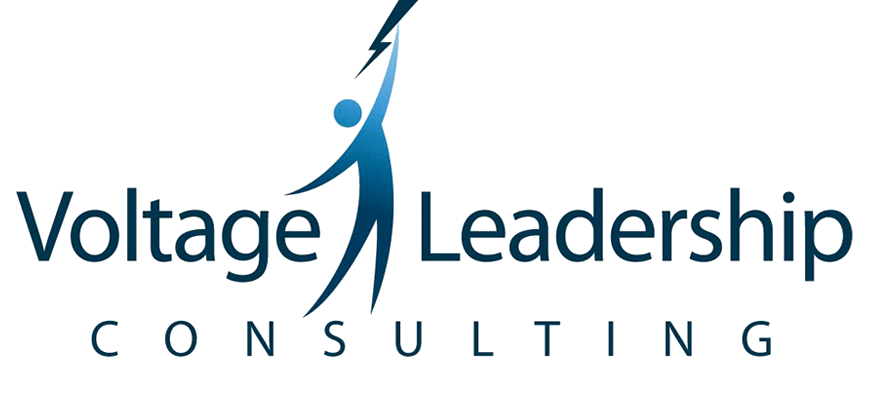DISC: How Are You Wired?
When used properly, assessments help improve an organizations job selections, development plans, team performance, organizational culture and many other key performance indicators. This month’s blogs will feature introductory articles on assessment tools that Voltage utilizes and the how and why we use them!
Do you like to get right to the point, or would you prefer to cozy up for a while to feel things out?
Are you driven by facts and figures or do you prefer to talk passionately about ideas and concepts?
There is no right or wrong when dealing with individual human beings, but there is a place where we all overlap. Understanding how people are wired at the factory has great implications for how successful or unsuccessful relationships may be. These include work relationships with the boss, colleagues, and customers. Equally important, it also includes relationships at home and in the community.
One the best ways to understand a person’s behavior is to have them complete a DiSC profile. DiSC was first advanced in the 1920s by American psychologist William Moulton Marston and is an instrument that measures four distinct dimensions of observable behavior. They are the Driver, the Influencer, the Supporter and the Calculator.
In a nutshell, their characteristics look like this:
Why does this matter? If we seek first to understand others (aka how they are wired), then our ability to be understood increases exponentially. So the next time there is misunderstanding, drama, or conflict, one of the best places to look for solutions is observable behavior as revealed by the DiSC profile.
For example, if my boss is High D (be brilliant, be brief, be gone) and I am High I (let’s talk so you can hear how brilliant I am), I am inviting tension needlessly. If my spouse is High C (wants to drive hard on data), and I am High S (doesn’t want to rock the boat), I may go along to get along, even if I disagree.
The combinations of observable behavior, once understood, can be utilized to foster maximum understanding and avoid conflict at work and at home.

